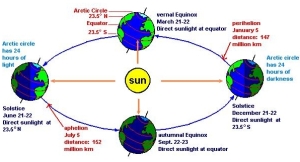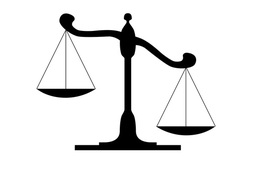 Emily from Boston called this morning and as we were exchanging greetings and pleasantries, we both managed to bring up the weather. Emily remarked the weather had definitely turned to fall as it was currently in the 50’s and had dipped into the 40’s overnight. Emily laughed as she told me of moving over the summer and having stored a few bags at her parent’s house, bags which contained her coats and jackets.
Emily from Boston called this morning and as we were exchanging greetings and pleasantries, we both managed to bring up the weather. Emily remarked the weather had definitely turned to fall as it was currently in the 50’s and had dipped into the 40’s overnight. Emily laughed as she told me of moving over the summer and having stored a few bags at her parent’s house, bags which contained her coats and jackets.
I told her when I had left home (about 20 minutes southeast of Newport Beach,CA) it was sunny and clear as a bell. I commented that here at work it was very foggy and I had seen and driven through the beginning of the marine layer that had crept in from the Pacific on this first day of fall. Regardless of where you live in America, fall officially has begun as we mark the Autumnal Equinox. Just as summer and winter officially begin on their respective Solstice, so also does fall and spring begin on their respective Equinox.
So what’s the difference between a solstice and an equinox? Although not an astronomy expert of any sort, I did  pay attention in a collegiate astronomy class in the 80’s and I do have the aid of the internet. So here goes in very basic, layman terms: The Solstices are the two points in the earth’s elliptical orbit around the sun that we are furthest (summer in Northern Hemisphere) and nearest (winter in Northern Hemisphere). The equinoxes are the 2 points in orbit when the earth is most upright on its own axis, the points where the sun crosses the equator. Equinoxes are then the points where the earth re-balances itself as it continues forward in space and time.
pay attention in a collegiate astronomy class in the 80’s and I do have the aid of the internet. So here goes in very basic, layman terms: The Solstices are the two points in the earth’s elliptical orbit around the sun that we are furthest (summer in Northern Hemisphere) and nearest (winter in Northern Hemisphere). The equinoxes are the 2 points in orbit when the earth is most upright on its own axis, the points where the sun crosses the equator. Equinoxes are then the points where the earth re-balances itself as it continues forward in space and time.
Season after season, year after year nature displays a rhythm to life that can teach us how to best move forward in time. Just as fall re-balances the heat of summer to provide the harvest, so also does spring re-balance the cold of winter to soften the ground for planting.
Is re-balancing your 401k investment allocations part of your yearly cycle? Are you aware of the balance between the rate of return you are getting with your investments and the amount of risk your money is exposed to?
 Getting objective analysis of your existing investments is a key first step in evaluating the direction and design of your retirement portfolio. Improvement starts with analysis that is easy and convenient to get and use. 401k-Checkups are an easy to use tool that will help you make better decisions with your 401k, 403b, IRA, 529 or other types of portfolios. You don’t need to be a financial professional or an academic to understand Return and Risk for the money you have saved.
Getting objective analysis of your existing investments is a key first step in evaluating the direction and design of your retirement portfolio. Improvement starts with analysis that is easy and convenient to get and use. 401k-Checkups are an easy to use tool that will help you make better decisions with your 401k, 403b, IRA, 529 or other types of portfolios. You don’t need to be a financial professional or an academic to understand Return and Risk for the money you have saved.
Learn from the earth and develop a rhythm for evaluating your retirement savings. Understand there are extremes and be aware of extremes in both return and risk for your hard earned investments. Ask yourself, if the earth re-balances on a regular basis, shouldn’t I?